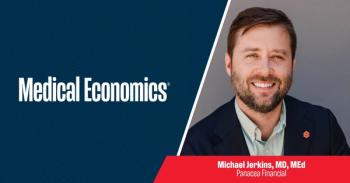
Primary care practices see significant financial benefit of non-traditional hours
As primary care practices seek to increase availability to their patients, experts say non-traditional hours can significantly benefit practices financially. Here's how.
Non-traditional hours can significantly benefit the practice financially.
Once the fixed overhead of the practice has been met, every additional patient seen becomes profitable. For example, if typical overhead is $20,000 monthly, or $1,000/workday, it takes approximately 12 patients at $90 average reimbursement per patient to pay the office overhead prior to the first dollar of income to the physician. Every patient beyond 12 only incurs a variable cost, mostly for medical supplies and billing costs.
The annual Statistics Report of the National Society of Certified Healthcare Business Consultants shows these variable costs run about 12% to 18% of collections on subsequent patients, or about $80 per patient. Therefore, a practice averaging four patients each hour nets at least $320 per hour on those extra hours, prior to paying for the providers.
Physician labor costs at $100/hour ($180,000-$220,000 per year) shows that it is financially worthwhile to extend hours, even if a part-time additional physician is employed to see the patients. That’s an $880 per day, pre-tax net income each day above-all-costs by staying open from 5PM to 9PM, assuming there is patient demand. If a nurse practitioner or physician assistant is employed, the provider labor costs are halved, and profitability increases even further, even if subject to “incident-to” non-physician Medicare billing penalties. Those penalties are easily avoided by just not seeing Medicare patients during those non-traditional hours that are most popular with employed, insured patients and least-popular with the elderly retired population.
In addition, expanded-hours may generate more quality bonuses for accessibility. I’ve already seen a solo family physician with one nurse practitioner earn an additional $40,000 annually in quality and accessibility bonuses.
However you do the math, nontraditional hours can work for the patient and for the practice.
Newsletter
Stay informed and empowered with Medical Economics enewsletter, delivering expert insights, financial strategies, practice management tips and technology trends — tailored for today’s physicians.








